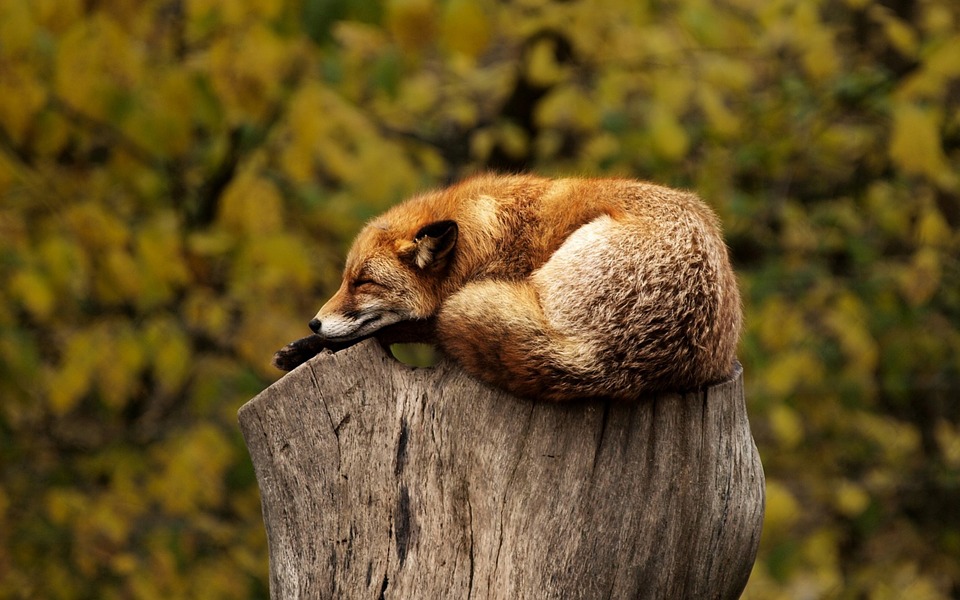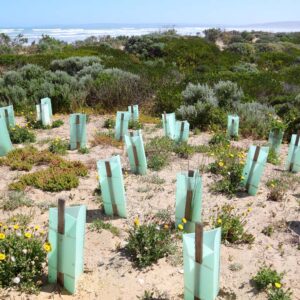This online course provided by Warnborough will teach you the valuable skills and knowledge needed to prepare you for working in Wildlife Conservation. You can study from home and start lessons and assignments whenever is convenient. Save money, study from home!
You will learn about:
- Ecosystem Management
- Habitat Fragmentation
- Surveying (Endangered Species)
- Recovery Planning (Threatened Species)
This course will teach you the practical skills needed for conserving wildlife as well as increasing your employ-ability and saving you money.
Course Structure:
The duration of this online course is 100 hours. This consists of 10 indepth lessons:
1. Introduction to Wildlife Conservation
- What is wildlife conservation
- The need for wildlife conservation
- Important concepts ecology, ecosystem, biome, conservation values, biological diversity, genetic drift, habitat, life span, wildlife movement and wildlife management.
- Threatening processes habitat fragmentation, habitat degradation and loss, soil degradation, erosion, pollution, unsustainable harvesting, invasive species, climate change, population isolation and disease.
- Biodiversity indicators
- Terminology
2. Recovery of Threatened Species
- Loss of species categories of risk
- Species vulnerability to endangerment
- Recovery of species and threat management
- Habitat Conservation identifying critical habitat and protecting habitat
- Research population growth, habitat use and conservation genetics
- Captive breeding
- Translocation
- Public involvement
3. Habitat Conservation
- Habitat
- Types of Habitat eg. temperate and tropical forests, woodland, tundra and mangrove habitats
- Habitat Use
- Species Richness
- Habitat Fragmentation
- Creating Habitats
- Restoration Ecology creating habitat corridors, situating corridors, types of corridors, edge effects
- Habitat Rehabilitation implementing a land management program, determining objectives, determining a program
- The Role of GIS in Conservation
- The Role of Protected Areas levels of protection, approaches to reserve selection and limitation of reserves.
4. Approaches to Conservation of Threatened Wildlife
- Species Approach modelling demography, effective population size, small populations, population viability analysis (PVA)
- Landscape Approach elements of landscape ecology, distribution of populations within a landscape, landscape modelling
- Ecosystem Approach the need for ecosystem management, understanding dynamics, adaptive management, objectives for ecologically sustainable forest management.
5. Vegetation Surveys
- Plant Identification common names, scientific names, levels of division, botanical keys,
- Vegetation survey techniques such as quadrant surveys, landscape assessments, line surveys.
- Vegetation Mapping remote sensing data.
6. Fauna Surveys
- Observation techniques spotlighting, scat surveys, census techniques
- Trapping Techniques radio tracking, call recordings, pit fall traps, Elliot traps.
- Species identification
7. Marine Surveys
- Reef Surveys
- Habitat Surveys
- Aerial Surveys
- Overexploitation
- Commercial Fish Stock Management
8. Planning for Wildlife
- Farm Planning
- Urban Planning
- Use of GIS
9. Management
- Managing Threatened Wildlife Populations manipulating populations, revegetation/restoration, creating corridors, pest control plans, fencing for species, fire breaks.
10. Wildlife Conservation Project
How does a Warnborough Online Course work?
You can start the course whenever is convenient for you. You will be studying from home and have access to support from our qualified tutors. Practical exercises and research tasks will be set at the end of each lesson – including an assignment. You will submit this assignment to your course tutor, who will mark your work and give you constructive feedback and suggestions.
If you have any questions please contact us.





